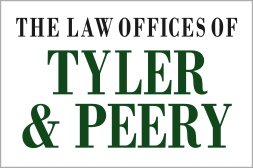Driving any kind of big rig truck requires skill. In the wrong hands, these extra large vehicles can pose serious dangers to all other road users. But while all truck drivers must be well-trained and qualified, those who drive tank vehicles must possess a very particular skill set.
While typical cargo on truck trailers can be secure and is therefore stationary, the same cannot be said for the liquids carried in tank trailers. Therefore, driving a tank vehicle can present many challenges. First, much of a tank’s load is carried high above the ground, meaning the truck will have a higher center of gravity. Vehicles that have a high center of gravity are more prone to rolling over.
Another issue with driving tank vehicles is what is known as “liquid surge.” Liquid surge can occur when a tank is only partially filled and the liquid contained within begins to move. This liquid movement can make handling the vehicle more difficult.
For instance, if a driver should have to make a quick stop on a slick surface, the liquid could surge toward the front end of the tank and push the vehicle forward, perhaps even into an intersection. As such, when braking, drivers need to begin their stops well in advance.
When driving tank vehicles, drivers should take care to travel at safe speeds. It is also important to go slowly through curves and maintain a safe following distance behind other vehicles.
Because the liquids carried by tank vehicles are often flammable or poisonous, drivers must take a high degree of care when on the road. An overturned tank truck could spill its contents, causing a fire or releasing deadly toxins into the air.
If you or a member of your family has suffered harm due to a tank truck accident and you need appropriate compensation for medical expenses and other damages, you may wish to contact a personal injury attorney. The attorney could investigate the accident to prove liability and take the proper steps necessary to pursue a fair settlement.
